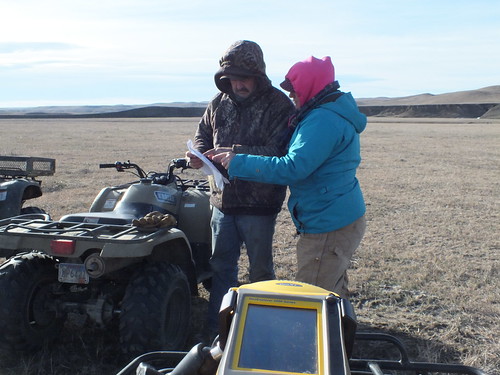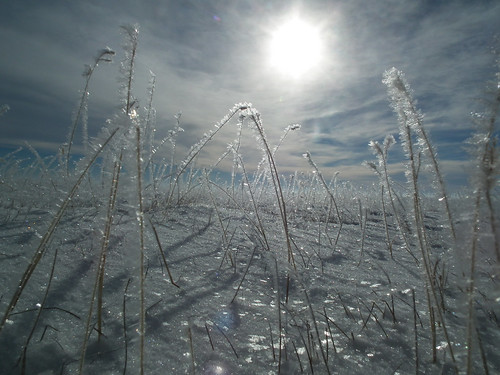
Despite challenging weather, conservationists with USDA’s Natural Resources Conservation Service in South Dakota (NRCS) are working diligently – and often in sub-zero temperatures and snow-covered fields and pastures – to help ranchers recover after Winter Storm Atlas. We began recovery work once the federal government reopened Oct. 17, and our work continues.
The October 2013 surprise blizzard affected roughly 28,000 square miles of western South Dakota, an area the size of West Virginia, killing tens of thousands of cattle, sheep, horses and some wildlife. Atlas’ three days of cold rain, snow and powerful winds pushed livestock into waterways and into and through fences. Some livestock were even found more than 20 miles away.
The many community farm and ranch family gatherings outlining social, economic and environmental assistance were organized by the South Dakota Stockgrowers Association, South Dakota Cattlemen’s Association and South Dakota Sheepgrowers Association. These meetings were the catalyst for moving forward and were the first opportunity for many of this rural region to gather since the disaster struck. The meetings also served as the main mode of outreach for information on NRCS assistance.
NRCS has been helping hundreds of farm and ranch family victims of the storm with technical assistance and more than $2 million in financial assistance to help bury or dispose of livestock and repair destroyed conservation practices.
Through the Environmental Quality Incentives Program, NRCS worked with ranchers to quickly dispose of livestock carcasses to prevent contamination of water bodies. The secondary and very real benefit of removing dead animals from the landscape is for the people – the families who live off the land – to begin healing. The social effects of this catastrophic loss are deep and will take years to heal.

Last week in the Sturgis, S.D. area, 15-degree weather allowed inspection and certification of burial pits to ensure they were constructed correctly. Winter field work is often uncomfortable, but with the right equipment and clothing, we venture out knowing our work is integral to helping people help the land in a meaningful way.
Additionally, EQIP is helping replace blizzard-damaged conservation practices. We’re renovating windbreaks and shelterbelts to provide livestock protection from wind in future storms.
In some cases, a fabricated windbreak to replace the living shelterbelt was the best answer to protect animals from harsh weather but also protect environmentally sensitive areas like waterways. We also worked with ranchers to replace damaged fencing of rotational grazing systems and to reconstruct ponds that were breached or threatened by high waters because of the storm’s three feet of snowfall.

NRCS field employees can’t fix the heartache and emotional loss they see in the eyes of ranch families, but we are responding with a caring professionalism that is appreciated, and even returned, though the circumstances have many families under significant stress.
The shared goal of all parties is protecting surface water quality, improving animal health and moving forward. And our work with ranchers to rebuild conservation practices prepares ranchers for a productive spring and next year’s winter.

